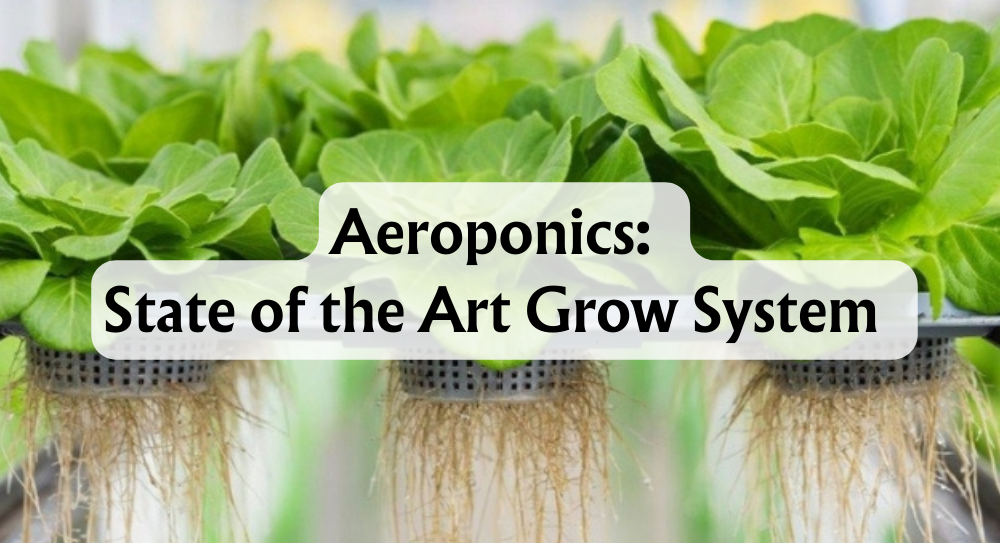How Can Hydroponics Improve Food Security
In a time when global food security is increasingly under threat, finding innovative solutions is more crucial than ever. Hydroponics stands out as a promising approach, offering the potential to bolster our global food systems significantly. By using nutrient-rich water solutions instead of soil, hydroponics enables higher crop yields with fewer resources. This efficiency makes it especially relevant for regions suffering from water scarcity and soil degradation.
Our exploration of hydroponics reveals its transformative impact, particularly in urban settings and arid climates. Imagine growing fresh, nutritious produce right in the heart of crowded cities or barren landscapes where traditional farming struggles. This method doesn’t just promise more food but also fresher and more accessible supplies, potentially reshaping how we think about food availability.
Examining this topic with keen interest, we find that while there are challenges to overcome, the benefits of soilless farming are compelling. Its adaptability means it can be implemented in diverse environments, providing solutions to regions facing systemic food insecurity. As we delve into the intricate world of hydroponics, we'll uncover how this could pave the way to improve food safety and protect our food supply chain.
Key Takeaways
- Hydroponics improves yield with less water and space.
- It is adaptable to urban and arid regions.
- Challenges exist, but the potential benefits are significant.
Key Ways Hydroponics Can Improve Food Security

Hydroponics offers innovative tools to boost food security by providing efficient, high-yielding agricultural methods. Key benefits include increased crop production, optimal water use, the ability to grow produce year-round, improved food access in urban settings, and supporting future food demands.
High Crop Yields And Faster Growth
Hydroponic systems allow for precise nutrient control, leading to substantial increases in crop yields compared to traditional agriculture. Plants receive the exact nutrients they need without the limitations of land use and competition faced in soil. This precision facilitates faster plant growth and can lead to multiple harvests annually.
The controlled environment eliminates the unpredictability of weather-related crop failures. This results in a consistent output of produce, which is crucial for maintaining reliable food supplies.
Water Efficiency And Resource Conservation
One of the standout features of the growing process is its exceptional water efficiency. This method uses up to 90% less water than conventional soil farming. Water circulates within the system, reducing wastage through evaporation or runoff and is recycled for continuous use.
Such efficiency is particularly beneficial in arid regions where water resources are scarce. By conserving water and other resources, hydroponics supports sustainable farming practices.
Year-Round Production And Climate Resilience
Hydroponic systems are typically set up indoors or in controlled environments, which allows us to maintain crop production throughout the year. This capability reduces dependency on seasonal cycles and external weather conditions.
This resilience is especially important as global climate patterns continue to shift unpredictably. Year-round production ensures a steady food supply, addressing potential fluctuations due to climate change.
Addressing Food Deserts With Urban Hydroponics
Urban hydroponic farms provide a unique solution for tackling food deserts, in areas with limited access to fresh produce. By establishing hydroponic systems in these urban centres or low-income neighbourhoods, we can bring fresh, nutritious food directly to those who need it most.
These systems use minimal space and can be incorporated into rooftops or small spaces, turning cities into hubs of agricultural innovation.
Meeting Future Food Demand And Population Growth
As the global population continues to grow, the pressure on conventional farming to produce food will increase. Hydroponics offers a scalable solution that can significantly boost food production without the need for additional arable land.
By utilising existing urban spaces and innovating agricultural technologies, hydroponics supports a sustainable expansion of food supplies to cater to expanding populations.
Challenges And Considerations In Hydroponics For Food Security

If we want to use hydroponic growing, we must acknowledge the challenges that come with adopting this innovative technique. One primary consideration is the initial cost. Compared to traditional farming methods, hydroponics requires significant investment in equipment and materials, which can be a barrier for small-scale farmers or communities with limited resources.
Technical expertise is another factor. Operating a hydroponics system successfully demands knowledge of nutrient solutions, pH levels, and system maintenance. This can be daunting for those new to the field, highlighting the need for training and support.
Additionally, energy consumption can be higher in hydroponic systems due to artificial lighting and environmental control systems. This can increase operational costs, particularly in areas with expensive electricity.
Water management presents a unique challenge too. Even though hydroponics can reduce water usage by up to 90%, precise control is crucial. Any malfunction in the system can lead to water wastage or crop failure.
Pests and diseases don't disappear completely with hydroponics. Our plants remain susceptible, and managing these risks requires ongoing vigilance and potentially costly interventions such as biocontrol agents or organic pesticides.
Finally, we're looking at the scale of implementation. Large-scale operations can provide significant output, but smaller systems in urban areas might not contribute as much to food security despite offering fresh produce locally.
By understanding these challenges, we can better plan and implement hydroponic systems to enhance food security efficiently.
Ending Food Insecurity Through Hydroponics

As we look towards the future of food security, hydroponics presents a promising avenue. This farming system not only conserves water but also maximises space, allowing more produce to grow in areas with limited or no soil availability.
Hydroponic Advantages
- Precise nutrient control
- Higher density planting
- Reduced space and water usage
By using hydroponics, we can grow plants in urban settings, bringing farms closer to population centres. This reduces transport distances and supports local food production, which is essential to protect our food supply.
In regions prone to climate change effects, hydroponics offers controlled environment agriculture. These systems help buffer against unpredictable weather and aridity, enhancing food production reliability in challenging conditions.
Innovations in hydroponic technology could continue to drive yields upwards. As we refine these systems and increase their scalability, we make significant strides towards sustainable food production systems.
Collectively, our efforts in adopting hydroponic systems could well be the future of farming. They empower us to rethink conventional agricultural methods and embrace more sustainable practices. Through continued commitment and advancements, hydroponics can help us meet future food demands efficiently and sustainably.







 Store Locator
Store Locator














